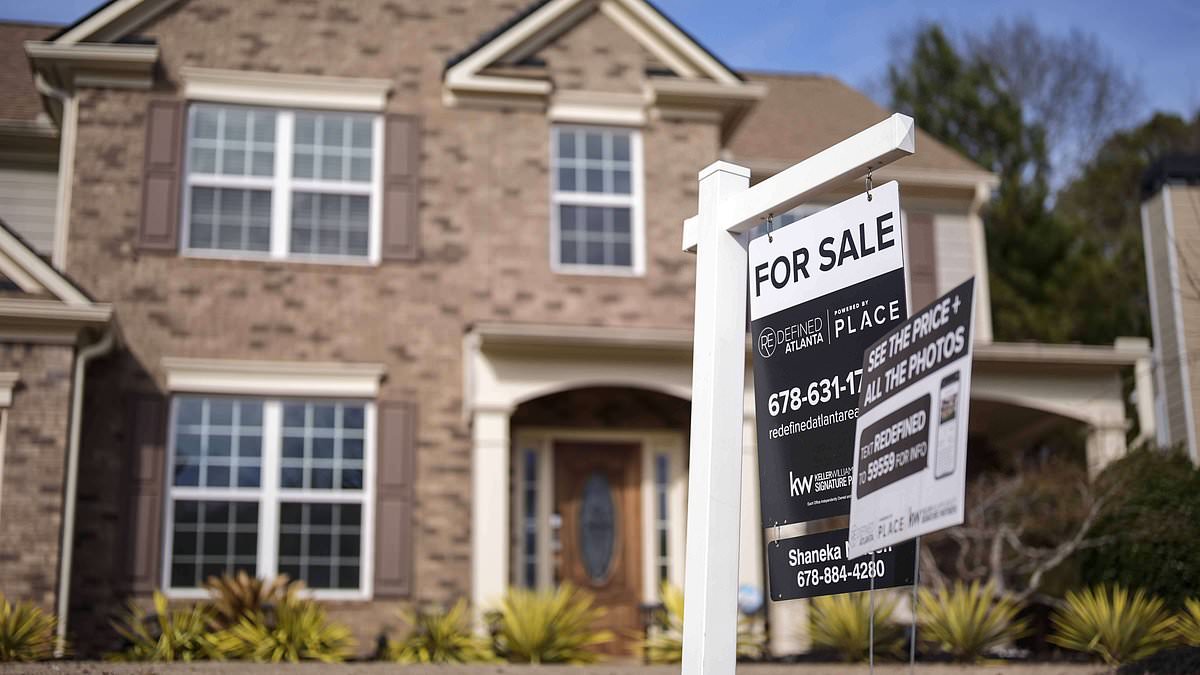
There was concerning news in the US housing market this week as key inflation measures rose unexpectedly. The Consumer Price Index, excluding food and energy, increased by 3.1% in July, with the Producer Price Index jumping 0.9% last month. These spikes signal the possible passing on of high tariffs to consumers, a trend long warned about.
US companies have initially absorbed the impact of tariffs, but this scenario is unlikely to continue indefinitely. It is projected that by the close of 2025, US tariff rates will settle around 10-15% for most countries. Consequently, consumers should anticipate a gradual rise in prices in the near term.
The upward price trend, including building supplies like lumber, may not significantly affect the housing market, but it diminishes the likelihood of the Federal Reserve lowering interest rates at the upcoming September meeting. Predictions suggest there might not be any rate cuts throughout 2025, maintaining the housing market in its current state of standstill.
Currently, the average rate for a 30-year fixed mortgage sits at 6.58%, making it challenging for existing homeowners with locked-in lower rates to sell and upgrade due to higher mortgage costs. This situation leads sellers to demand higher prices, exacerbating the hopelessness among buyers facing inflated listings and steep interest rates.
Given these circumstances, individuals seeking to purchase a home should consider downsizing by about 30% and avoid exceeding 33% of their cash flow on housing-related expenses, including insurance, taxes, and mortgage payments. Skirting this rule often results in financial strain, curtailing maintenance abilities and lifestyle enjoyment.
Historically, mortgage rates have fluctuated significantly. In 1981, the average 30-year mortgage rate was almost 19%, gradually decreasing over time but still resting above 8.5% a decade later. Therefore, prospective homebuyers should view current rates more favorably in comparison.
For those aspiring to own their dream homes, relocating to states with lower taxes like Tennessee, North Dakota, South Dakota, Florida, or Texas can offer a competitive edge in housing markets. Governments could also enact tax relief initiatives to encourage housing transitions and support prospective homeowners.






